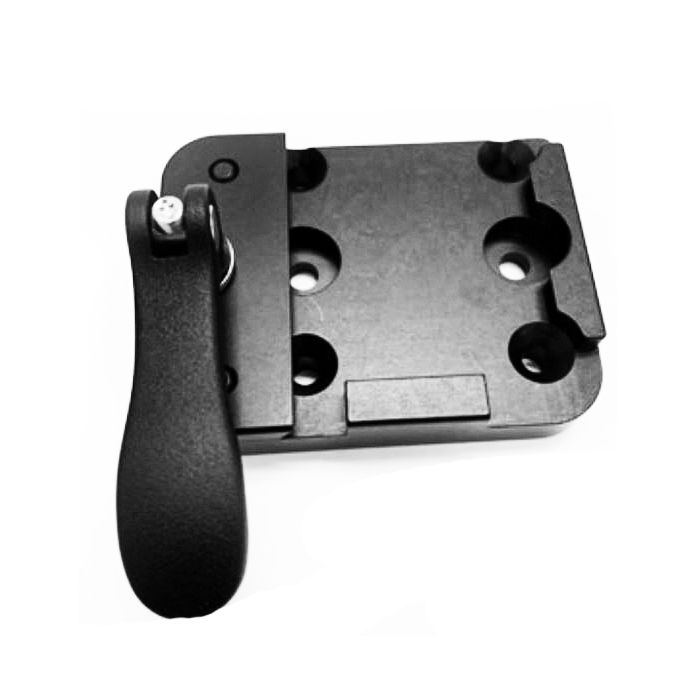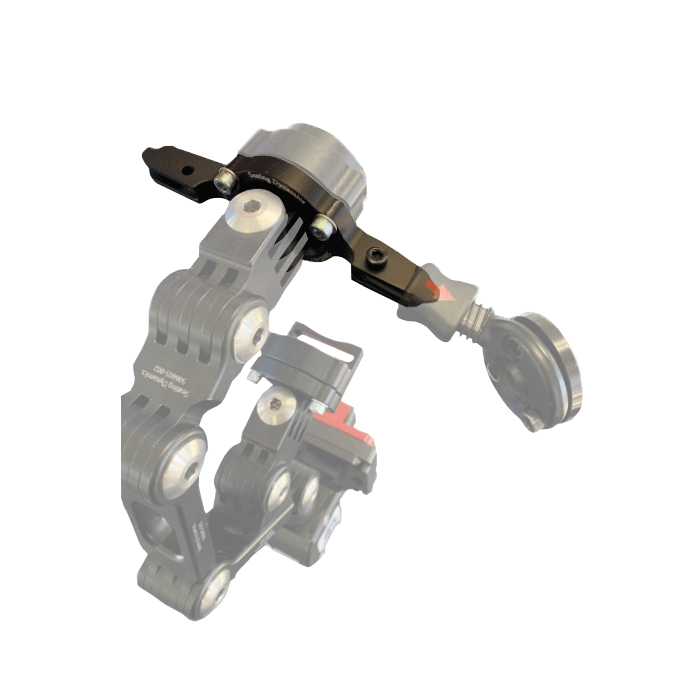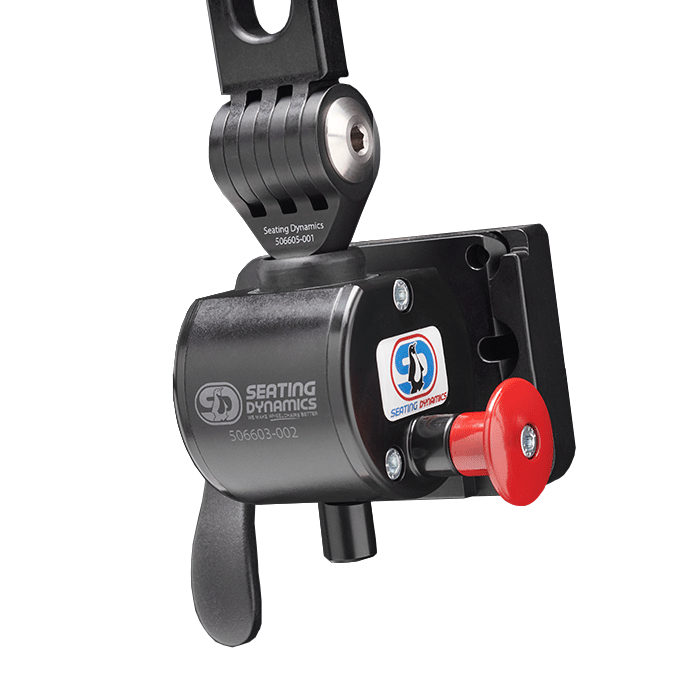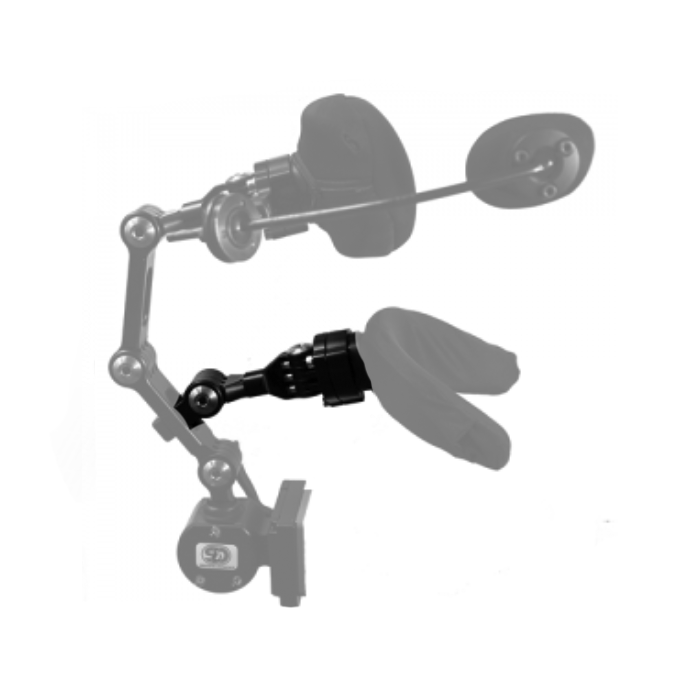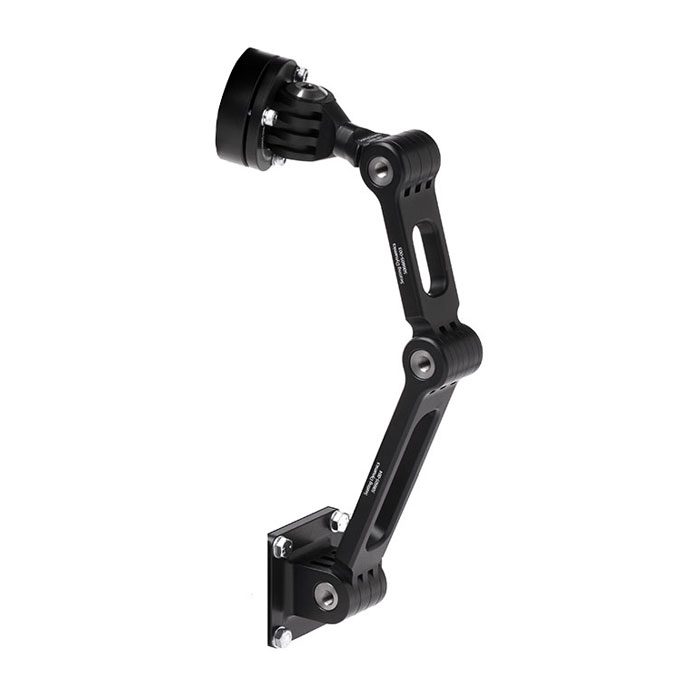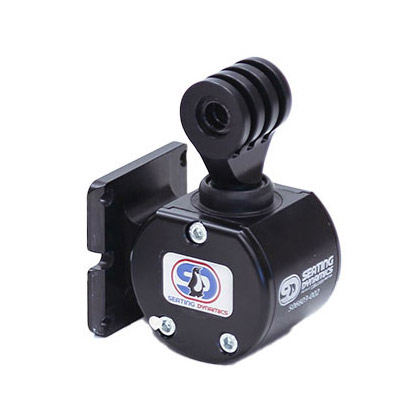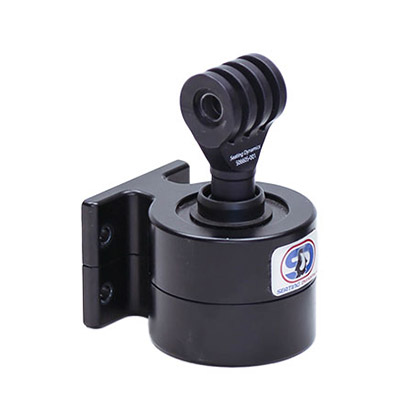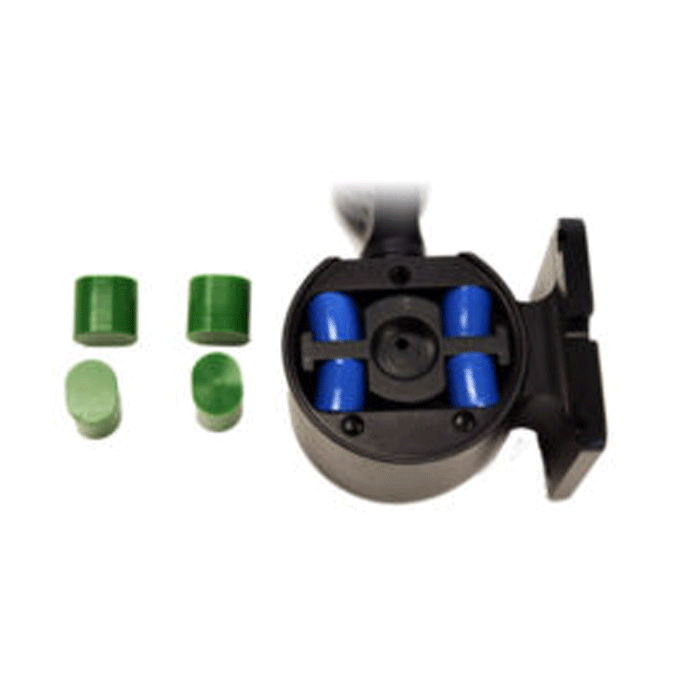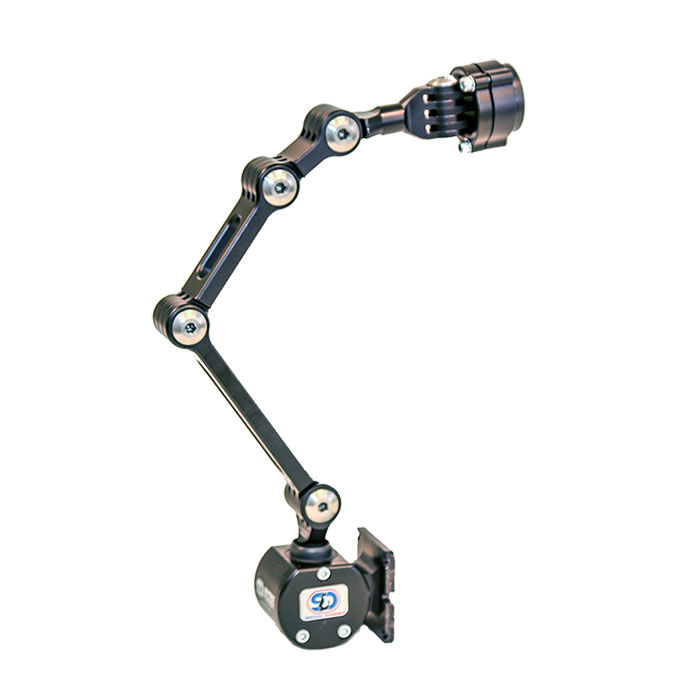Revolutionizing the Static Footrest
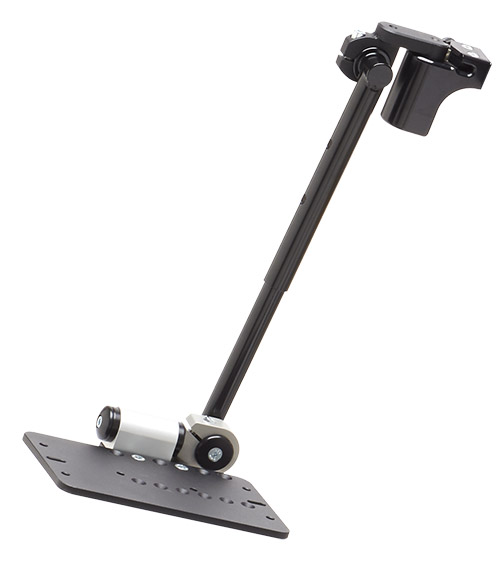
While manual and power wheelchairs are available with a variety of footrests, standard footrests do not meet the need of everyone. Footrest placement is sometimes limited by client range of motion loss and orthopedic asymmetries, particularly when the hamstrings are very tight. If range of motion limitations or orthopedic asymmetries prevent the client’s foot from being in alignment with a standard footrest and footplate, our static footrests can accommodate a variety of positional needs.
The dimensional setup of the wheelchair frame can impact footrest placement, as well. Seat to floor height, seat width, seat depth, leg length, caster size, orientation in space of the seating system, and anything consuming space in the area of the footrests must be considered, as these all have the potential to limit proper positioning.
"The Static Footrests are virtually indestructible for high-tone individuals and have the ability to be placed in almost any position."
- Bert Lindholm, ATP
Numotion, Denver, CO
Footrest Adapter/Receiver
The first step in using any of the Seating Dynamics footrests is choosing the correct adapter / receiver. The Seating Dynamics footrest adapter / receiver allows any of our dynamic or static footrests to be used on many different wheelchairs. Depending on wheelchair manufacturer and model, different adapters may impact the final installed footrest length.
An offset receiver is available on some wheelchair bases which moves the Static Footrest laterally by 1 inch.
Footrest Styles
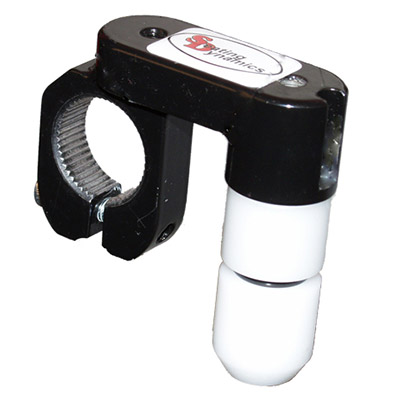
Static Adjustable Knee Option
Standard footrests are available at angles of 90, 80, 70, and 60. This variety does not meet all client needs and so the Adjustable Knee joint allows unlimited adjustment in 7.5 degree increments. This joint is extremely strong, capable of supporting hundreds of pounds of static force, and therefore prevents movement.
Adjustable Windswept Option
This footrest style uses a combination of an Adjustable Knee joint
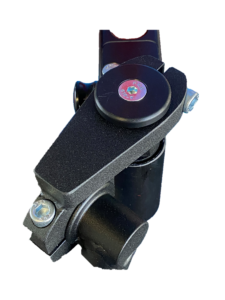 and an Adjustable Windswept joint to accommodate a windswept tendency. In this scenario, one leg is abducted and the other adducted. This modification supports the feet in this position. Overcorrecting a windswept tendency can lead to pelvic rotation.
and an Adjustable Windswept joint to accommodate a windswept tendency. In this scenario, one leg is abducted and the other adducted. This modification supports the feet in this position. Overcorrecting a windswept tendency can lead to pelvic rotation.
The Adjustable Windswept Option can also be used to accommodate bilateral hip adduction or abduction.
Adjustable Super Contracture Option
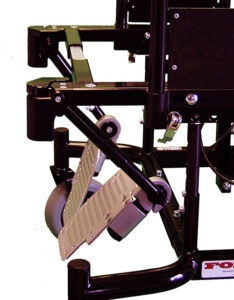 This modification allows the feet to be supported behind the distal edge of the seat, accommodating significantly limited knee extension (knee contractures), often due to tight hamstrings. This modification may need to be used in combination with the plantar/dorsi flexion extension to match the angle of the ankle. Note: Due to the limited amount of space available under the wheelchair, a smaller footrest is usually required.
This modification allows the feet to be supported behind the distal edge of the seat, accommodating significantly limited knee extension (knee contractures), often due to tight hamstrings. This modification may need to be used in combination with the plantar/dorsi flexion extension to match the angle of the ankle. Note: Due to the limited amount of space available under the wheelchair, a smaller footrest is usually required.
Footrest Extensions
These footrest extensions are designed specifically for the Static Footrests. Extensions are available in both short (6”) and long (9”) lengths, measured from the end of the footrest tube. Overall footrest length is determined by the Footrest Style and Footrest Extension combined.
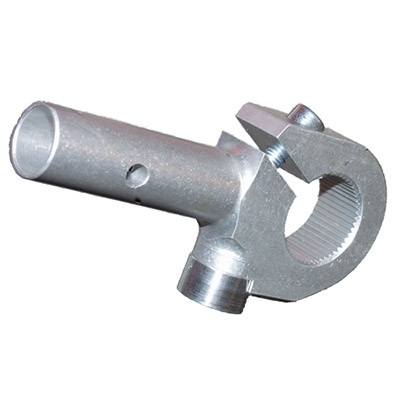
This extension provides dorsi and plantar flexion adjustment in 7.5 degree increments. This joint is extremely strong to prevent movement.
Footplates
We offer small (4×6), medium (5×8) and large (6×10) foot plates. The length is best determined by the length of the client’s foot and the wheelchair width. Our footplates are heavy duty ¼” aluminum with pre-drilled holes for mounting foot positioning accessories such as shoe holders and flip-up for transfers.
Flip-up One Piece Footboard
Manual and Power Wheelchairs include footrest hangers with footplates as a standard option. The footrest hangers typically swing-away and the footplates flip-up to move out of the way for transfers. There are times when standard footplates do not meet the needs of an individual client and a footboard is required instead.
The Seating Dynamics Footboard can be used on numerous wheelchairs and flips-up to accommodate transfers.
Why use a Footboard instead of Foot Plates?
Depending on available range of motion or contractures of the knee and ankle joints, a client’s foot position may not align with a standard foot plate position. A footboard provides a wider surface to accommodate unique foot placements. Other Seating Dynamics hardware (listed above) can also be used to accommodate these needs.
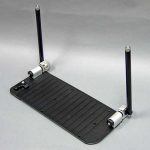 A footboard may also be recommended when the current footplates chronically sag down medially, despite adjustments. The footboard is rigid and prevents sagging, and the subsequent foot pronation, from occurring. Keep in mind that other Seating Dynamics hardware (listed above) can also prevent this sagging, as the components maintain their position.
A footboard may also be recommended when the current footplates chronically sag down medially, despite adjustments. The footboard is rigid and prevents sagging, and the subsequent foot pronation, from occurring. Keep in mind that other Seating Dynamics hardware (listed above) can also prevent this sagging, as the components maintain their position.
Many available footboards do not move for transfers or tend to fall back into position during the transfer. The Seating Dynamics footboard flips-up for transfers and remains securely out of the way until moved back into position by the client or a caregiver.
Static Footrests: Sample Medical Justification Wording for use in Documentation
The following are sample medical justification wording which may be used in documentation, such as a Letter of Medical Necessity. These examples do not replace competent evaluation. If you require further assistance with documentation, please contact us for help.
"Seating Dynamics Static Footrests are being recommended to accommodate the feet in an atypical location that cannot be supported by standard footrests."

